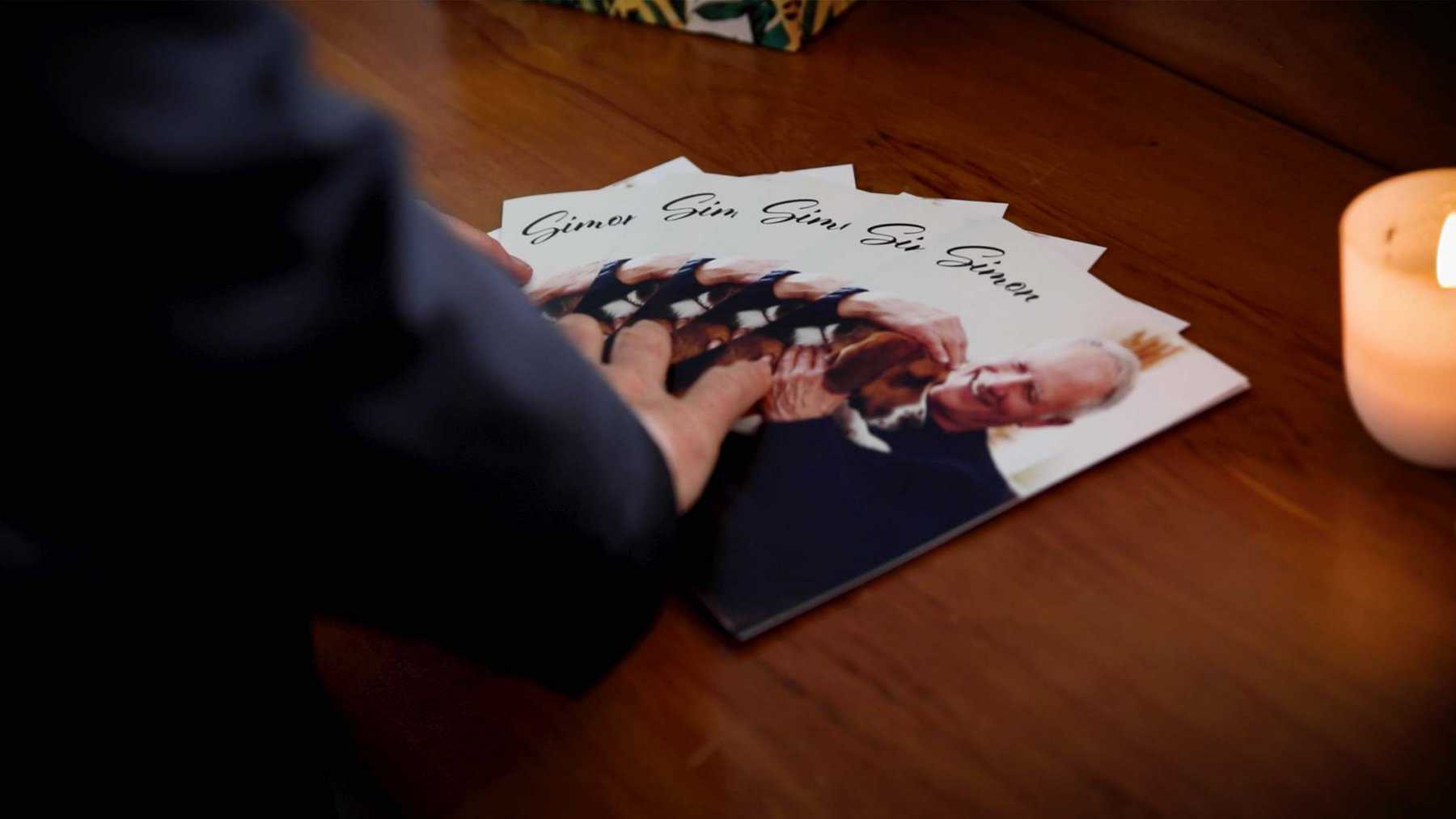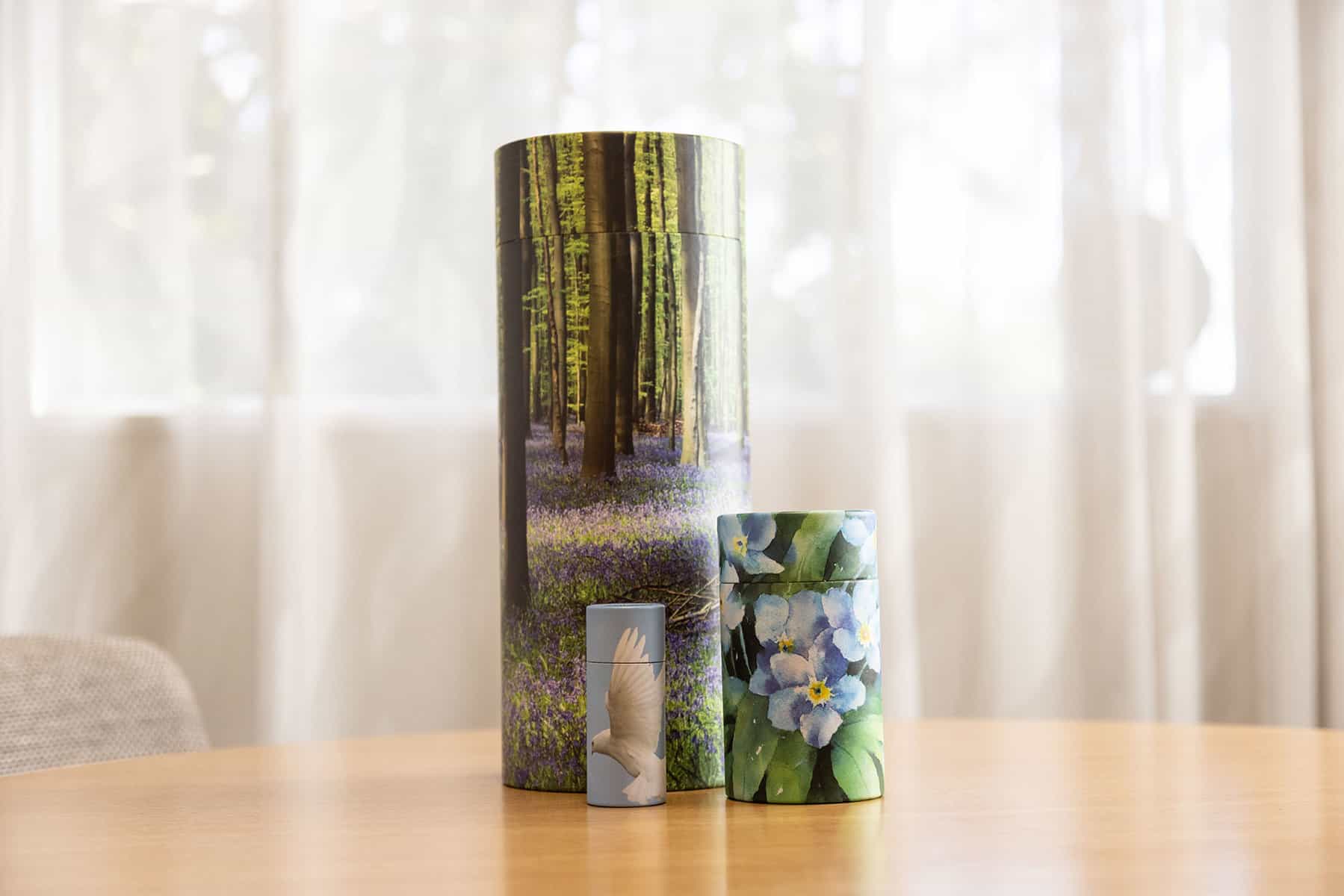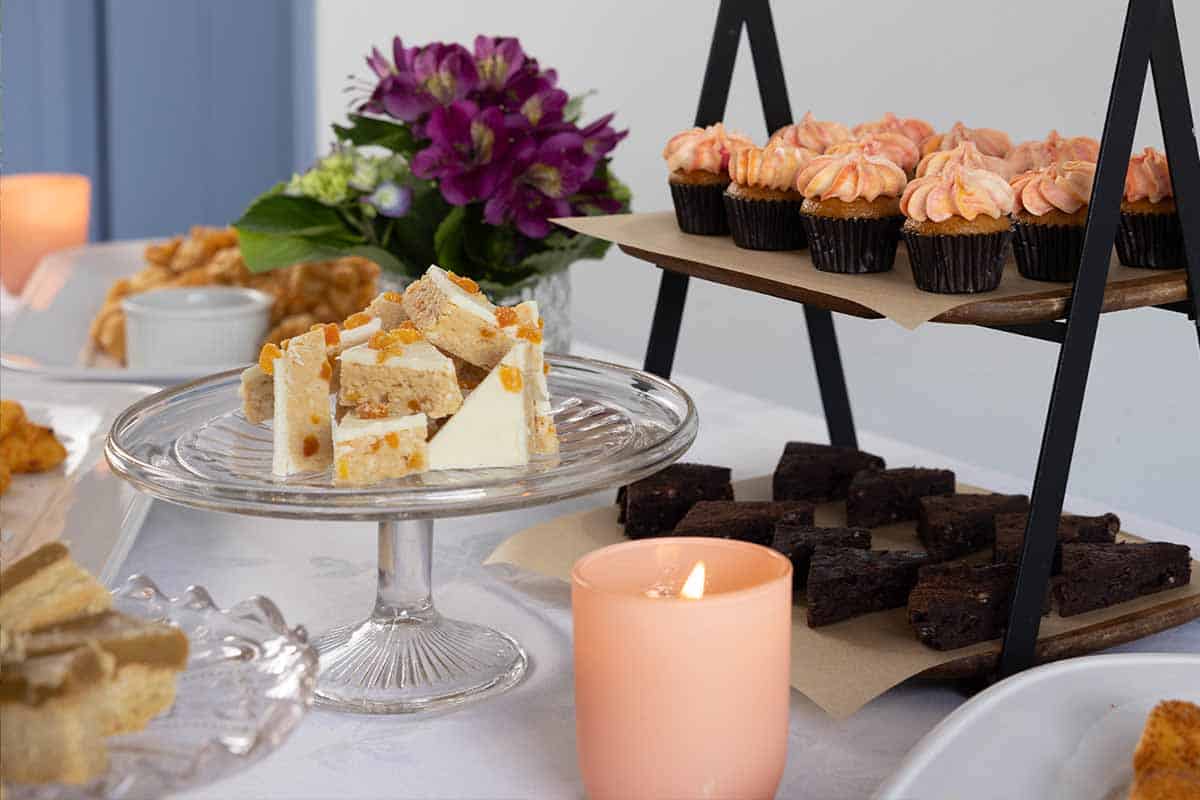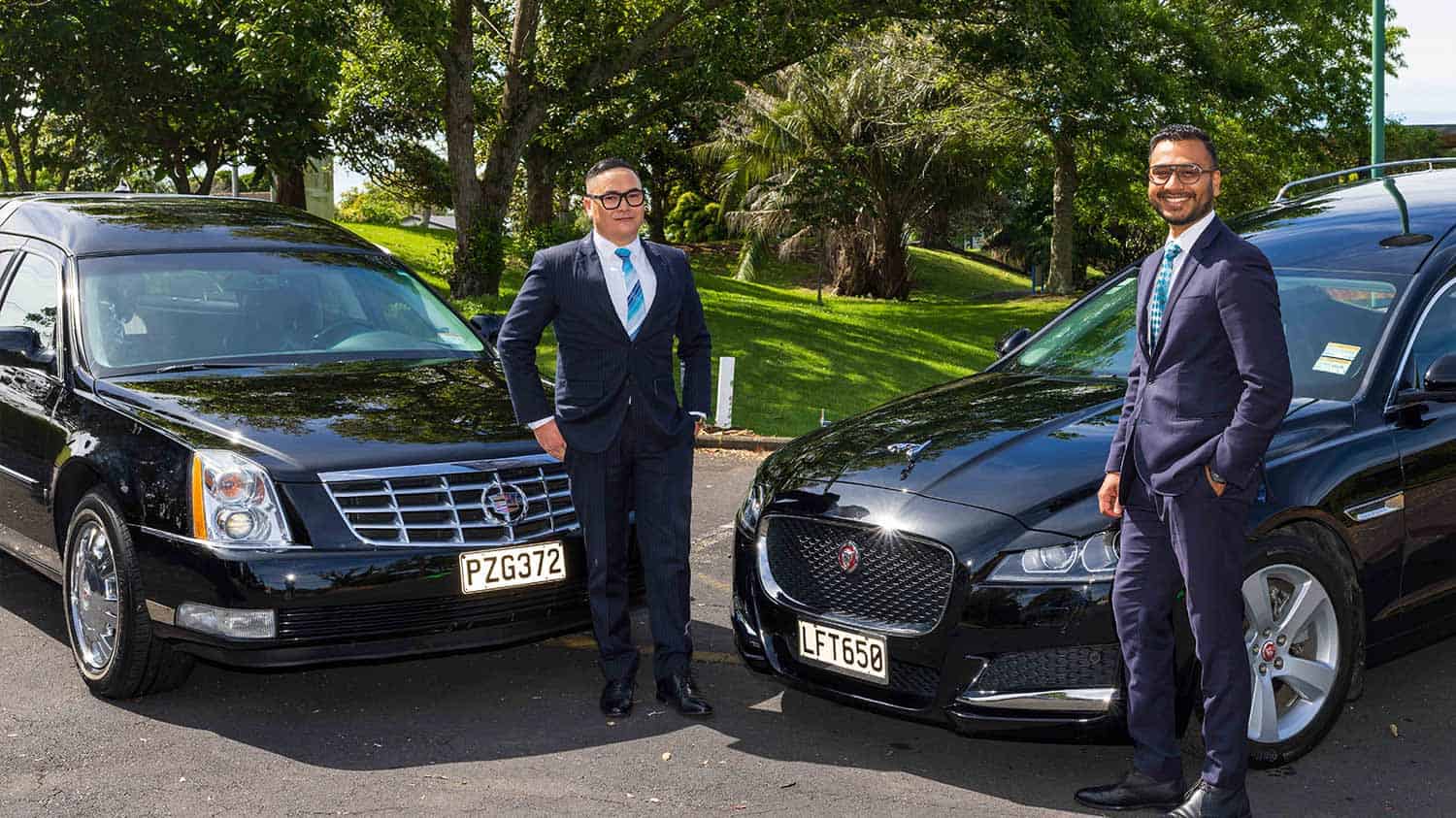Arrange a funeral
Preplanning your funeral is a thoughtful and considerate gift to your loved ones. By making plans and arrangements in advance, you create a personalised farewell – as well as providing clarity and relief to your family when they are grieving.
Forrests can arrange as many of the elements as you wish. Call us to discuss your ideas and budget, and we can provide you with a detailed quote to cover your bespoke funeral options.
Our range includes traditional hardwoods, lightly oiled natural timbers, painted, patterned, and themed caskets and urns. We also offer eco-friendly caskets made with wool, wicker and sustainably grown NZ pine and rimu.
Let us take care of the food for your funeral get-together, whether it's here at Forrests or another location of your choice. Choose from a range of menus, including finger food, morning and afternoon tea.
Forrest Funeral Services have a options for funeral hearses available to transport your loved one.
Our staff are all community-minded individuals who do the best they can to honour the families wishes of those they serve.

Contact us for help
Forrest Funeral Services is here for you when you need us, whether you have an urgent funeral to arrange, or would like to discuss how to preplan a funeral. Contact us
North Shore Auckland
Ph 09 479 5956
Hibiscus Coast
Ph 09 426 7950



